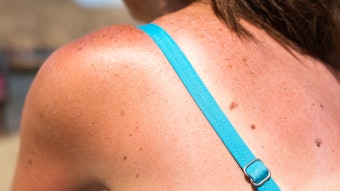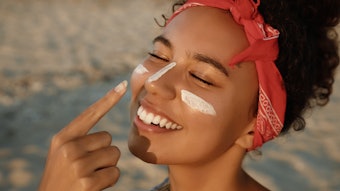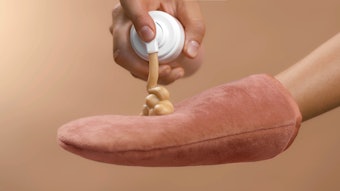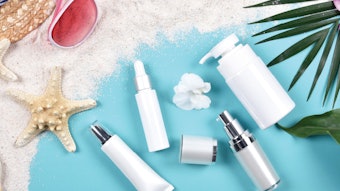It's fair to say that renowned laser surgeon, Mark Taylor, MD, has seen his fair share of patients with pigmentation and sun damage issues at his practice, Gateway Aesthetic Institute & Laser Center. With more than 30 years experience, Taylor has some insight into the prevention and treatment of sun damaged skin.
Prevention is key. Used properly, certain sunscreens help protect skin from some of the sun’s damaging ultraviolet (UV) radiation. But according to recent surveys, most people are confused about the proper use and effectiveness of sunscreens. There are two types rays that cause sun damage: UVA rays, which are not absorbed by the o-zone layer, penetrate deep into the skin and heavily contribute to premature aging. Up to 90% of the visible skin changes commonly attributed to aging are caused by sun exposure according to the U.S. Environmental Protection Agency (EPA). UVB rays, which are partially absorbed by the o-zone layer, mostly impact the surface of the skin and are the primary cause of sunburn. Because of the thinning of the ozone layer, the effects of UVB radiation will pose an increased threat until the layer is restored in approximately 50 years, according to the EPA.
Offer the following suggestions to your clients.
- Look for sunscreens that protect from UVA and UVB damage since not all sunscreens protect against both.
- Apply sunscreen regularly. The EPA suggests about 1 ounce every two hours (or as directed by manufacturer), and more often if you are swimming or perspiring. A small tube containing between 3 and 5 ounces of sunscreen might only be enough for one person during a day at the beach.
- Certain brands of sunscreen give better protection than others. However, most national brands are safe and effective if used correctly. Natural sunscreens, such as zinc and titanium, have less risk of allergic or photochemical reactions than chemical sunscreens and tend to cause fewer problems with acne, but have the disadvantage of making the skin whiter after application.
- Some people won't apply sunscreen often enough because of the concern about getting enough Vitamin D. But very few people are compulsive enough with their sunscreen to cause vitamin D deficiency. Most people get enough incidental sun exposure to take care of vitamin D needs.
- Apply suncreen 20 minutes before sun exposure to allow it to fully absorb into skin.










